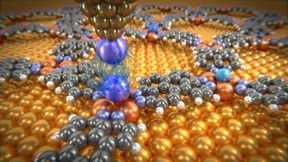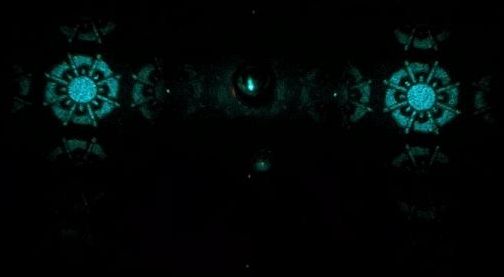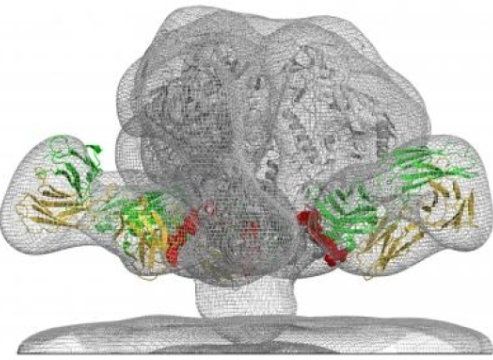Page 11514
May 14, 2016
Congress Is Suddenly Interested in Cold Fusion
Posted by Karen Hurst in category: government
Cold Fusion is gaining interest again.
A powerful committee is demanding a report on the technology by the Secretary of Defense.
May 14, 2016
New Technique Enhances Nanomedicine
Posted by Karen Hurst in categories: biotech/medical, materials
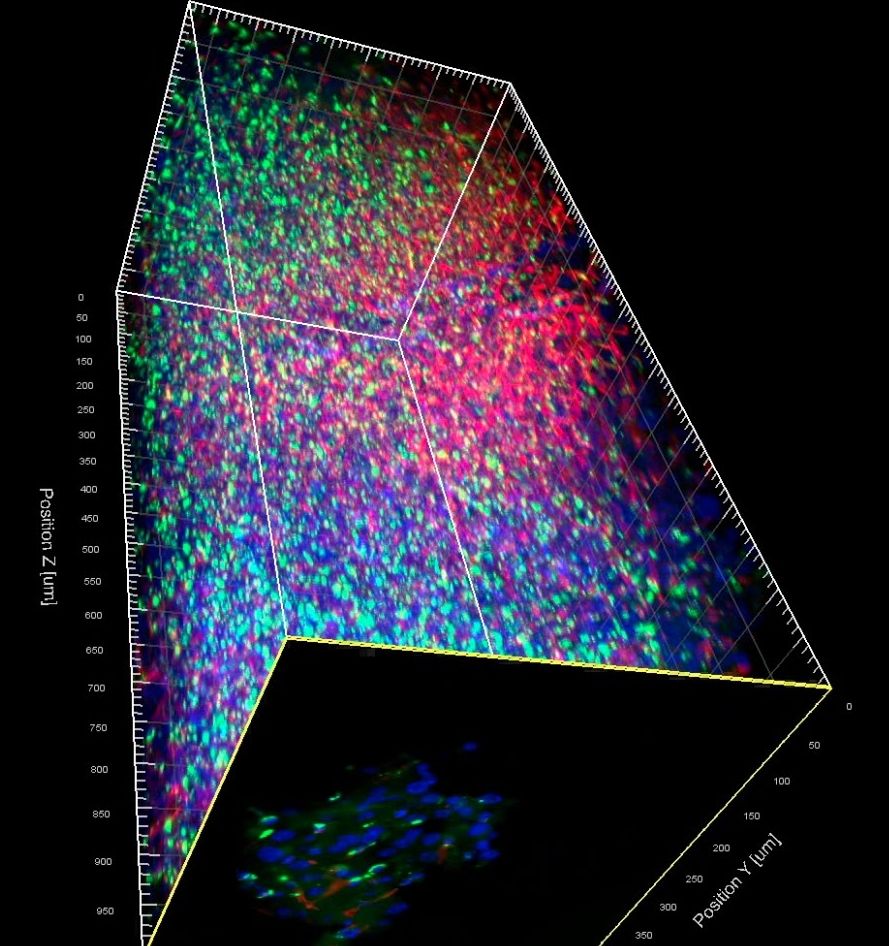
One of the hurdles of realizing the promise of nanoparticles is that scientists can’t view where they go or how the nanoparticles interact with structures once they are inside of the body. A new technique that involves injecting an acrylamide hydrogel into organs and tissues removed from mice allows researchers to image nanoparticles more than 25 times deeper than is possible with current methods, to a depth of more than 1 millimeter. Lipids are what cause tissues to look opaque. By using the hydrogel to bind all of the molecules together except for lipids, which washed away easily, the team, led by Warren C. W. Chan, were able to make the tissues look transparent but remain intact. The work, published in ACS Nano, may help researchers be able to tell if therapy-loaded nanoparticles are delivering the cargo to the desired destination. Check out the video below.
ExclusiveTechnologies.
May 14, 2016
Adapting As Nano Approaches Biological Complexity: Witnessing Human-AI Integration Critically
Posted by Karen Hurst in categories: engineering, nanotechnology, robotics/AI

Today’s emergence of nano-micro hybrid structures with almost biological complexity is of fundamental interest. Our ability to adapt intelligently to the challenges has ramifications all the way from fundamentally changing research itself, over applications critical to future survival, to posing small and medium as well as truly globally existential dangers.
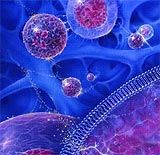
May 14, 2016
Scientists from IISc are close to curing cancers
Posted by Karen Hurst in categories: biotech/medical, transportation
Nice!!!!
Develop microscopic vehicles that can carry anti-cancer drug molecules to affected cells
Indian scientists are closing in on a breakthrough in cancer treatment that will see a variety of cancers being cured using just a series of injections without side-effects on the body, that is characteristic of chemotherapy. The new technology has the potential to completely bypass chemotherapy.
Continue reading “Scientists from IISc are close to curing cancers” »
or chroma keying, is a special effects / post-production technique for compositing (layering) two images or video streams together based on color hues (chroma range). The technique has been used heavily in many fields to remove a background from the subject of a photo or video – particularly the newscasting, motion picture and videogame industries.
May 14, 2016
Physicists measure van der Waals forces of individual atoms for the first time
Posted by Karen Hurst in categories: nanotechnology, particle physics
Abstract: Physicists at the Swiss Nanoscience Institute and the University of Basel have succeeded in measuring the very weak van der Waals forces between individual atoms for the first time. To do this, they fixed individual noble gas atoms within a molecular network and determined the interactions with a single xenon atom that they had positioned at the tip of an atomic force microscope. As expected, the forces varied according to the distance between the two atoms; but, in some cases, the forces were several times larger than theoretically calculated. These findings are reported by the international team of researchers in Nature Communications.
May 14, 2016
Nanotechnology To Make Holographic Applications More Secure And Efficient
Posted by Karen Hurst in categories: biotech/medical, encryption, nanotechnology, security
Making Holographic Apps more secured and efficient.
Since its birth, holograms have been extensively used to serve security systems and related purposes. The making of a hologram, dissecting it to pieces and again rejoining the blocks involves a steady orientation of lenses which encodes the information with depth perception that could be deciphered later according to requirement.
It’s hard to imagine a 21st century city running smooth without an immense use of holograms, small or big sized 2D cards with 3D engraved pictures that are present in credit cards, grocery objects, books, biomedical devices and in other objects requiring retrievable information to be stored.
Continue reading “Nanotechnology To Make Holographic Applications More Secure And Efficient” »
May 14, 2016
Team discovers new HIV vaccine target
Posted by Shailesh Prasad in categories: biotech/medical, health
A team led by scientists at the National Institutes of Health (NIH) has reported a research trifecta. They discovered a new vulnerable site on HIV for a vaccine to target, a broadly neutralizing antibody that binds to that target site, and how the antibody stops the virus from infecting a cell. The study was led by scientists at the Vaccine Research Center (VRC) of the National Institute of Allergy and Infectious Diseases, part of NIH.
The new target is a part of HIV called the fusion peptide, a string of eight amino acids that helps the virus fuse with a cell to infect it. The fusion peptide has a much simpler structure than other sites on the virus that HIV vaccine scientists have studied.
The scientists first examined the blood of an HIV-infected person to explore its ability to stop the virus from infecting cells. The blood was good at neutralizing HIV but did not target any of the vulnerable spots on the virus where broadly neutralizing HIV antibodies (bnAbs) were known to bind.




